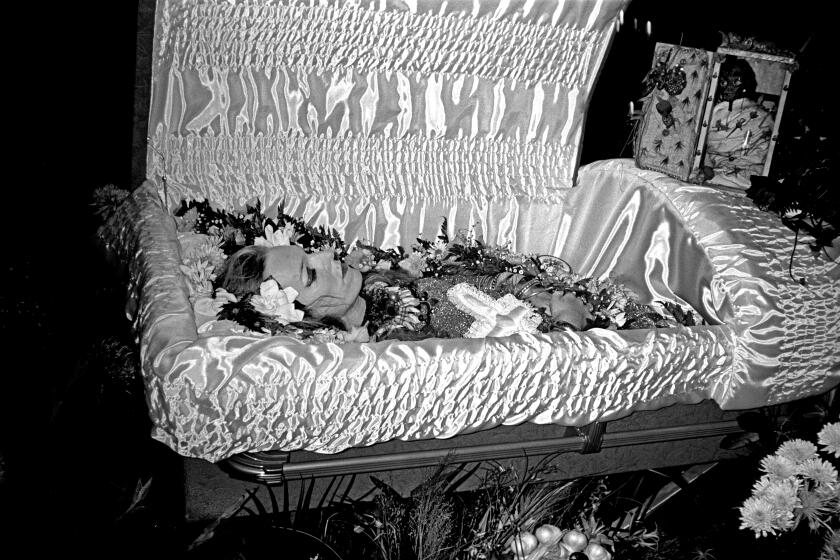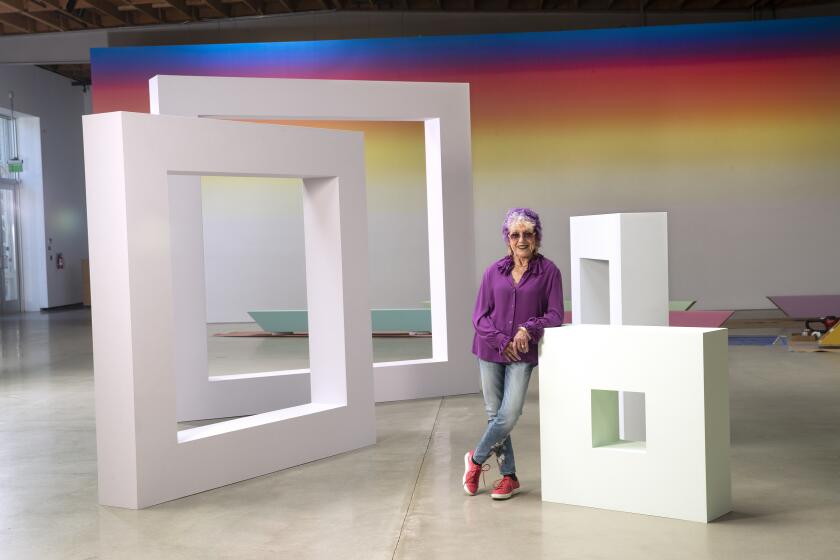Review: âEdie came from Californiaâ: A Sedgwick sister on the original influencers, Edie and Andy
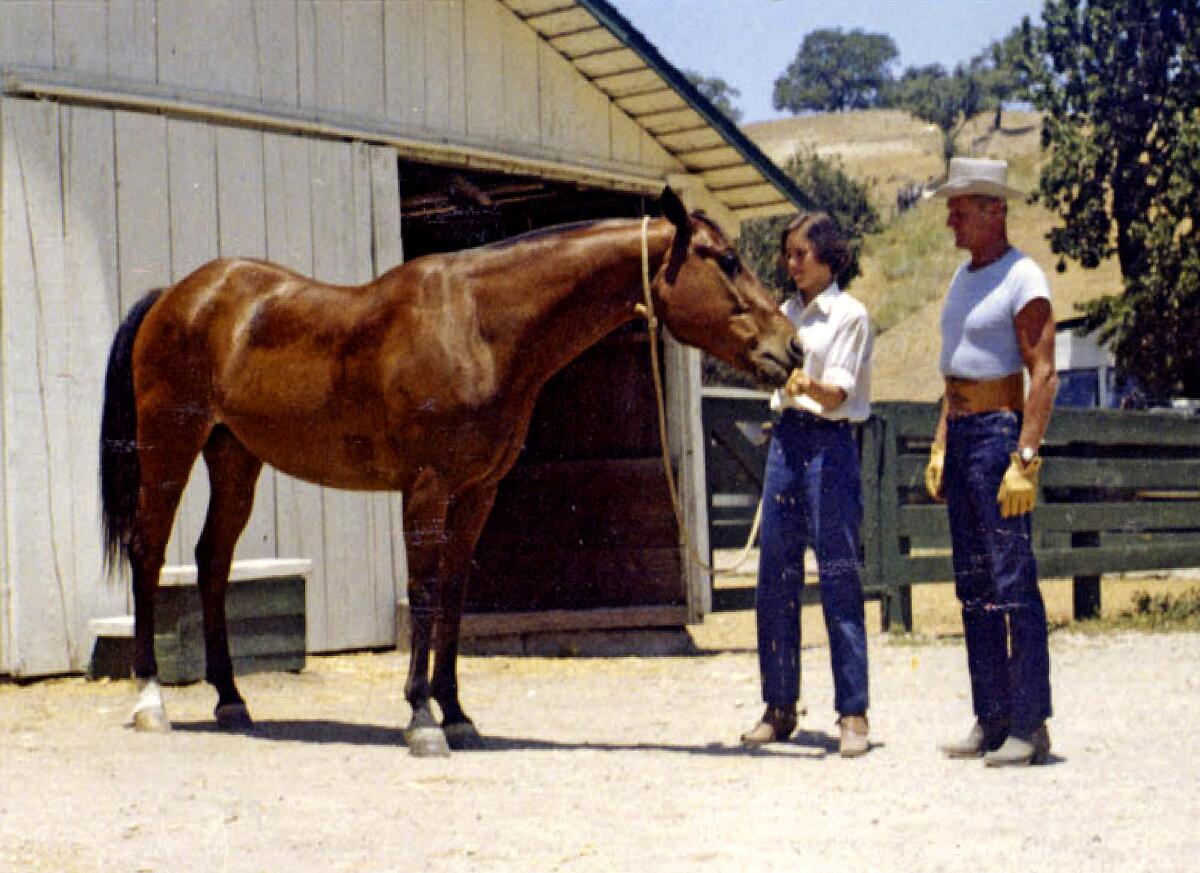
On the Shelf
As It Turns Out: Thinking about Edie and Andy
By Alice Sedgwick Wohl
FSG: 272 pages, $28
If you buy books linked on our site, The Times may earn a commission from Bookshop.org, whose fees support independent bookstores.
A teenage Patti Smith saw a photograph of Edie Sedgwick in a magazine and traveled from New Jersey to Manhattan to stand outside clubs hoping to catch a glimpse of the Factory star. The romance for Smith came through what she saw in print. âNot even through records . . . I never saw people. I never went to a concert. It was all image.â
Had Edie never made it to New York, she wouldâve been an âephemeral and purely local phenomenon,â her sister, Alice Sedgwick Wohl, writes in âAs It Turns Out: Thinking About Edie and Andy.â But Edie made it to New York and met Andy Warhol.
Sedgwick was an early âItâ girl, catapulted to stardom by being Andyâs muse, the embodiment of the â60s Manhattan scene. After an early death from a drug overdose, she continued to fascinate, dissected by Jean Stein and George Plimpton in the oral biography âEdie: American Girl.â Wohlâs book is not a recollection or a mere revision but rather an attempt to understand the intense attention, even obsession, with Edie and Andy, and how their pairing anticipated the age of the influencer.
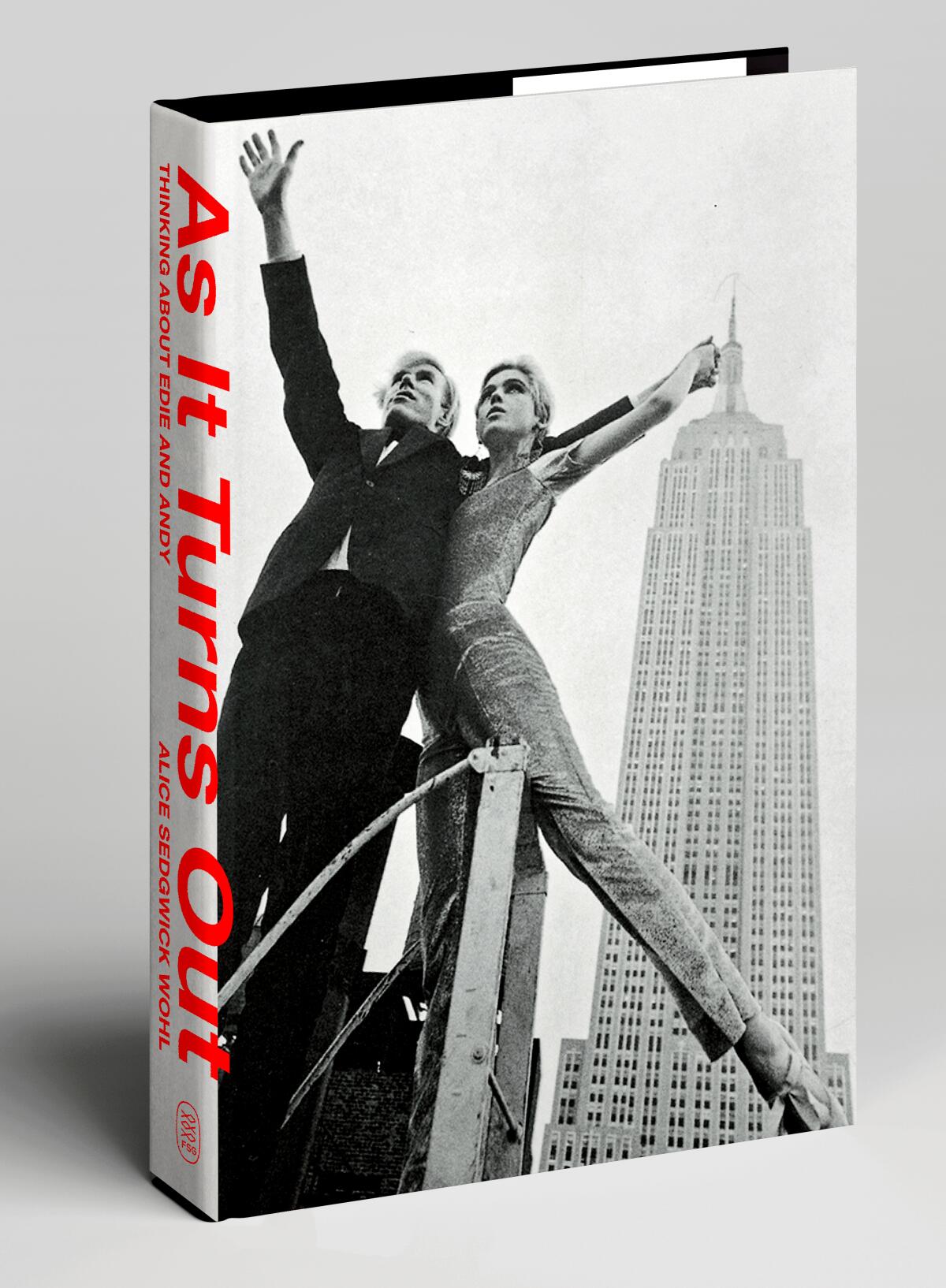
The fact that Edie made it to Andy is no small feat. Many assume Sedgwick was an heiress, a debutante, a âpoor little rich girl.â This is partly accurate. First of all: âEdie came from California.â The Sedgwick children were raised on a ranch, inducted into the cult of âFuzzy,â their megalomaniacal father. Fuzzy had had a breakdown before he met his future wife, and when the two got married his psychiatrist advised them that having children was not a good idea. They had eight.
âAs It Turns Outâ is divided into three sections. The first, âThe Past,â is a chronicle of the Sedgwick childhood on the ranch: a gruesome depiction of raising cattle, an isolated existence of homeschooling and later boarding schools, and still later the suicide of Edieâs older brother. Wohl seeks not to reveal herself but to explain where Edie was coming from.
Blake Gopnikâs definitive âWarholâ gathers up all the receipts on the blank icon who stormed the barricades of art, only to serve it up to commerce.
âI mention all this,â she writes, âbecause if it was true of me, it must have been all the more true of Edie when her turn came to leave the ranch, because the isolation in which we were raised only increased over the years, and in her case it was total.â
So Edie was not so much a âpoor little rich girlâ as a âferal creature springing out of captivity.â Her only desire was to be going somewhere, to be out and about. In Wohlâs words, she was always âzoom zoom zoom.â An addiction to uppers and downers and severe bulimia were overlooked by most who knew her because Edie was such a presence that there was no questioning anything she did. She just was, and what she was was perfect.
This is a book of Wohl âthinking about Edie and Andy.â Not thinking about Edie or about Andy or about how she saw Edie â because Wohl didnât really know her that well. Wohl was 12 when Edie was born. âAs It Turns Outâ is only thinking about Edie and Andy as a joint venture.
Wohl has an obvious respect for Warhol as an artist. But she is surprised by her sister in Warholâs films. Edie is magnetic. And Edie is not playing a part; she is not an actor. Wohl pins the breakup of the duo on Edieâs romance with Bob Dylan, who convinced her she could move to Hollywood and become an actor. Edie was no actor, Wohl writes. Edie was best at being Edie.
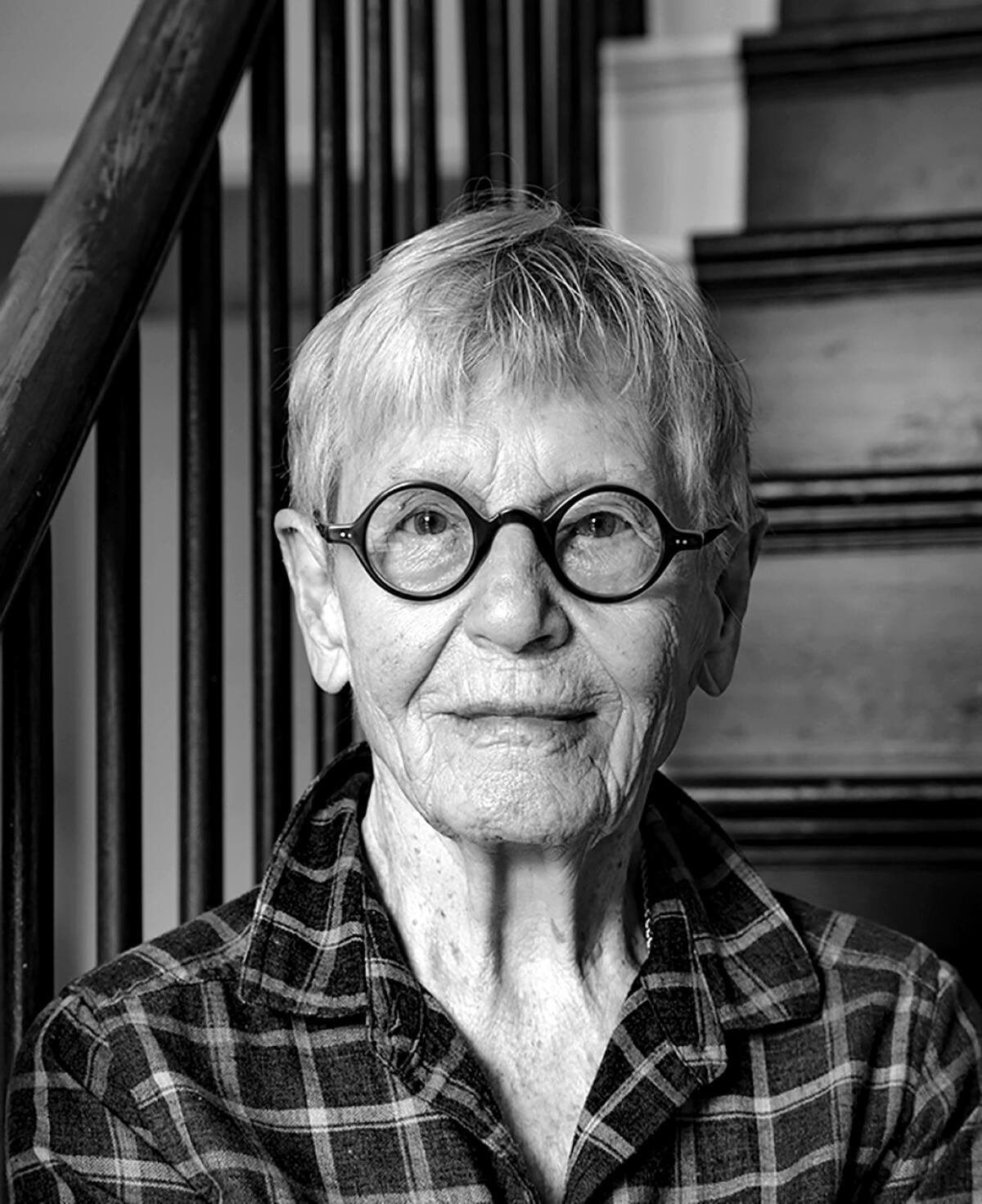
The second part of the book is simply titled â1965,â the year of Andy and Edie. Itâs stunning to realize that all the things Wohl is describing â the films, the parties, the art, the relationships, the conversations, the photographs, the myth-making, the Factory and its superstars, the joint appearance on Merv Griffin, their grand entrance at the opening of the Andy Warhol retrospective in Philadelphia â all of it takes place within the span of a single year.
âWalking Through Clear Water in a Pool Painted Blackâ collects the near-complete work of John Waters darling Cookie Mueller, who died at 40 in 1989.
That Andy and Edie anticipated this cult of personality â in fact gave birth to the age of the Kardashians, reality TV and social media, selfies and influencers â should come as no surprise to anyone with a smartphone. But it is eerie to see how far along they were in that game. âYou have to remember that she had not grown up going to movies; there was no television on the ranch and no movie theater within forty miles,â Wohl writes. And of Andy: âRemember there was no such thing as video art ⌠when Andy Warhol made this film.â
The film Wohl mentions is âOuter and Inner Space,â starring Edie and shot by Andy in 1965. In a close-up, there are two Edies. One is prerecorded and playing in the background, while another reacts to watching her own image. Which is the real Edie? Wohl quotes Warhol authority Callie Angell, describing âthe tension that arises between the living reality of a person and the image that person is reduced to, a conflict she must literally act out, in real time, in this film.â Wohlâs description is essential to her (and our) understanding of Edie â but also to understanding ourselves, as we enact this tension on social media every day.
The final part of the book is âNotes for my dead brother.â Edie and Alice had not one but two brothers who died. First Francis, then Bobby, who drove his motorcycle into a bus and died right before Edieâs ascendance into pop culture superstardom. Wohl imagines this section as an epistle to Bobby, describing what became of Edie. By doing so she is trying to explain it to us, but more curiously, to herself.
A phenomenon is unknowable, perhaps. Edie lived only 28 years. âI know about her, but I donât know her,â Wohl confesses to Bobby. What she knows is Edieâs pure magnetism, which, unlike Warholâs Factory art, cannot be reproduced. Wohl writes of going to see âFactory Girl,â the 2006 film starring Sienna Miller as Sedgwick. âIt was so fake it was painful, not because the actress wasnât serious or talented but because it couldnât be done,â Wohl writes. âOnly Edie could be as she was.â
Beyond âThe Dinner Party,â Judy Chicagoâs feminist art has roots in Los Angeles and auto body paint jobs, as seen in a new show at Jeffrey Deitch.
Ferriâs most recent book is âSilent Cities: New York.â
More to Read
Sign up for our Book Club newsletter
Get the latest news, events and more from the Los Angeles Times Book Club, and help us get L.A. reading and talking.
You may occasionally receive promotional content from the Los Angeles Times.
